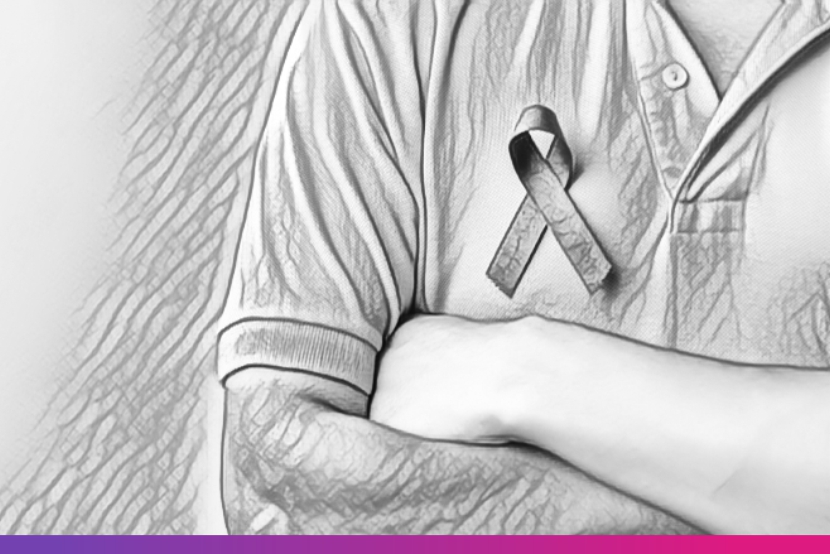Because staying silent could cost more than your comfort—it could cost your life.
We don’t talk about this enough. Not in schools. Not in families. Not even in most doctor’s offices.
But we should. Because testicular cancer is the #1 cancer in young men between 15 and 44, and the earlier you catch it, the better your chances of beating it.
The good news?
You can check for it yourself—in under 2 minutes. No hospital. No tools. Just you, your hands, and the courage to listen to your body.
Let’s break the silence. Let’s walk through this—step by step, with clarity and zero awkwardness.
Why Should You Check?
Here’s the thing—testicular cancer often doesn’t hurt. There’s no dramatic symptom. No flashing lights. It usually starts with a small, painless lump or a subtle swelling in one testicle. Easy to miss. Easier to ignore.
But when caught early? Testicular cancer is over 95% curable. You don’t need to be a doctor to notice something’s wrong. You just need to know what’s normal—and check in regularly.
When Should You Check?
Once a month. That’s it.
The best time?
Right after a warm shower. The heat relaxes the scrotum, making it easier to feel any changes. Put a reminder on your phone. Tie it to your grooming routine. Make it as normal as brushing your teeth—because it should be.
How to Do a Testicular Self-Exam (No Drama, Just Facts)
Follow these steps:
1. Stand in front of a mirror.
Look for any visible swelling or changes in size or shape.
2. Use both hands to examine one testicle at a time.
Place your index and middle fingers underneath and your thumbs on top.
3. Gently roll it between your fingers.
You’re feeling for:
- Lumps (small, hard, often pea-sized)
- Unusual firmness or swelling
- Any change in shape, weight, or feel
- Don’t panic if one testicle hangs lower or feels slightly bigger. That’s normal.
What’s not normal is a sudden change that wasn't there before.
4. Repeat on the other side.
Consistency is key. Over time, you’ll learn what feels “right” for your body. That’s the goal.
What If You Find Something?
First—don’t panic. Most lumps turn out to be benign (non-cancerous). But that’s not a reason to ignore them.
Book an appointment with your doctor or visit a trusted Cancer Treatment Center. They may suggest an ultrasound, blood tests, or follow-ups—quick, non-invasive steps to get clarity fast.
And if it turns out to be something? You’ve just taken the most important step: catching it early. That alone could save your testicle, your health, or your life.
Why Men Don’t Talk About It (And Why That Needs to Change)
- We’ve been conditioned to stay quiet about this stuff.
- To act like nothing’s wrong. To brush it off.
But silence is dangerous. Testicular cancer won’t wait for you to feel “man enough” to face it.
Real strength is in checking, speaking up, and looking out for yourself—even when it feels uncomfortable.
The guys who check regularly?
They don’t do it because they’re afraid. They do it because they care about living long, healthy lives.
Final Thoughts: It’s Not Awkward. It’s Smart.
You don’t need anyone’s permission to take your health seriously. You don’t need to feel pain to start checking. And you certainly don’t need to feel embarrassed.
This is your body. Your life. And it’s worth 2 minutes of your time each month. If you’re not sure where to go or whom to talk to, reach out to an Advanced Cancer Treatment Hospital or a Top Cancer Care Facility in India. You deserve expert care and honest answers—no shame, no judgment. Know your normal. Check yourself. Act early.
That’s how you win.
Know. Act. Win.













